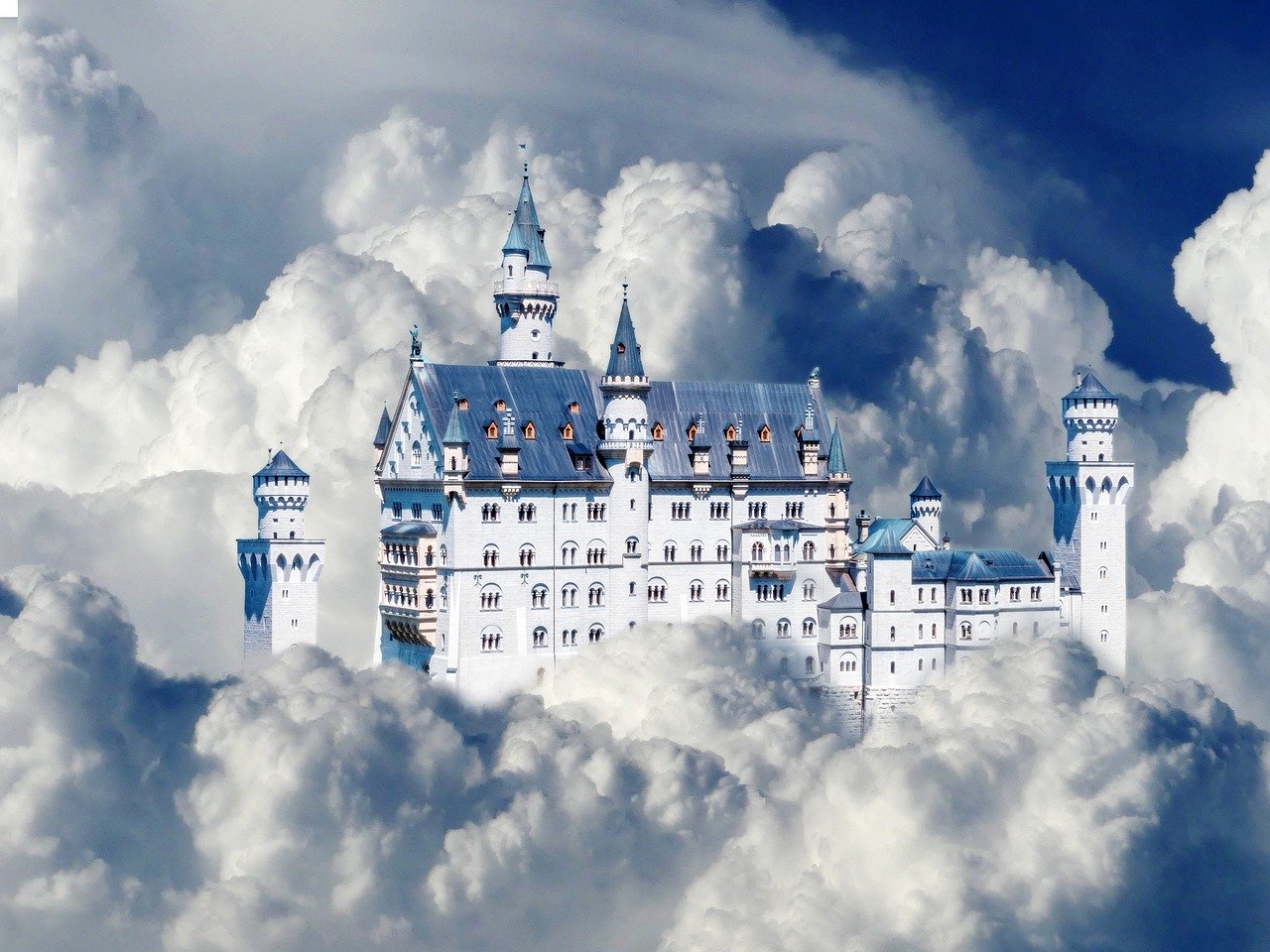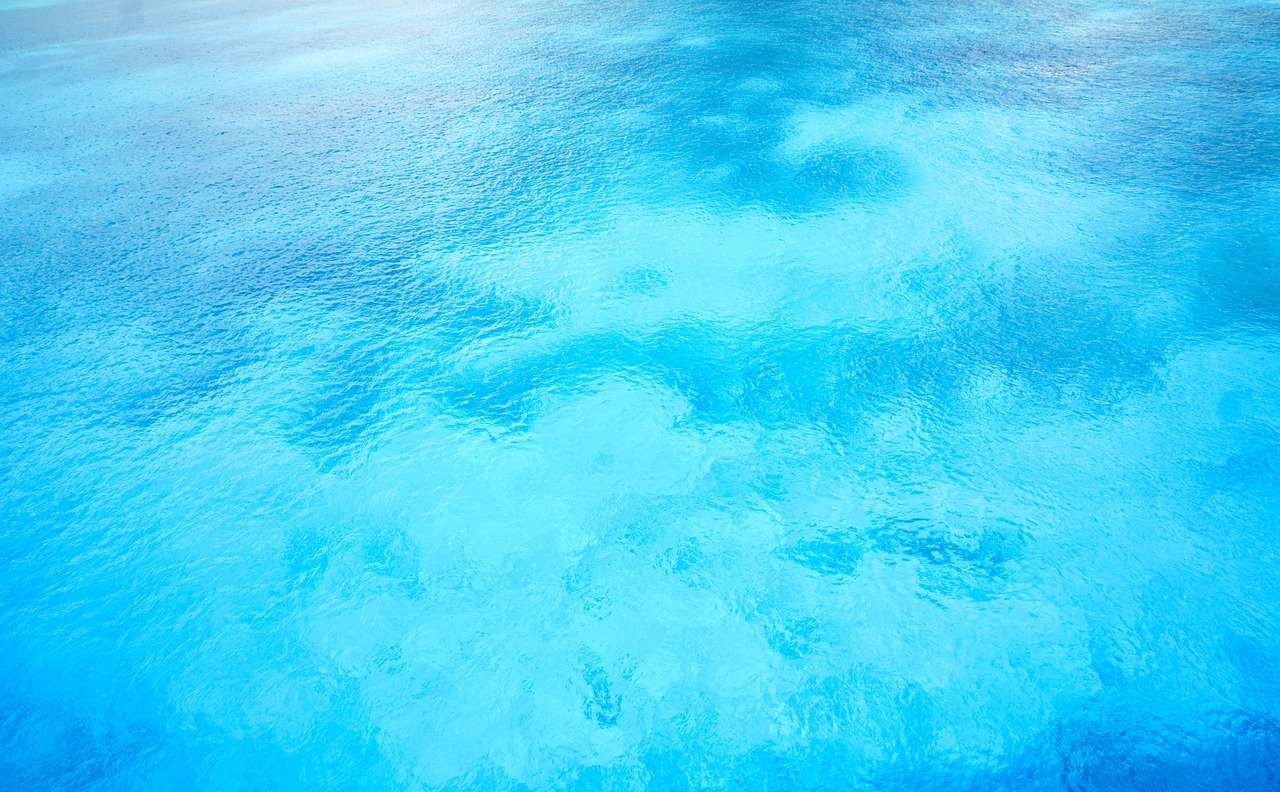How do illusions on the sea surface form?
When the sky around the clouds clears, taking a boat on the sea or standing on the coast looking far away, we often see scenes like boats, islands, or citadels appearing on the distant horizon. Desert trekkers often see where the horizon appears on the surface of the lake, the trees on the edge of the lake swaying, making people yearn to get there quickly. But when a gust of wind rose, these scenes suddenly disappeared. The reason is that it is an illusion, often called an illusion at sea. Why does this phenomenon appear? To answer this, we must first discuss the phenomenon of light irradiation.
When light is shone with uniform density, the speed of light will not change. It will shine straight forward. But when the light shines from one medium to another has a different density, the speed of light will vary, and the direction of the light will generate a refractive index. This phenomenon is called refraction (refraction).
When you poke into the water with a straight stick, you may notice that the stick in the water appears to be broken compared to the top. This is because of the phenomenon of refractive light. Someone has used equipment as shown below to make the rays of light from the water surface hit the limit surface of the water surface divided into two parts: one part is reflected into the water, one is extracted into the air, causing the light is tilted slightly on the water surface, thus making the refraction of light in the air even more visible.
When the light’s direction at the limit surface deviates, all the light will be reflected in the water, as shown in the second figure. The light that is radiated into the air no longer exists. This phenomenon is called a total reflex. Air by itself is not a uniform medium. In general, its density decreases as altitude increases, increasing air density decreases. When light penetrates air layers at different heights, refraction often occurs. In life, we do not feel anything out of the ordinary because we are used to this refractive phenomenon.
But when the air temperature changes, the air density will also change vertically and cause abnormal refraction and total reflection, which leads to a mirage on the sea. Because the specific air density situation is different, the illusion’s appearance on the sea surface is also different.
In summer, the seawater temperature is relatively low during the daytime, especially in areas where cold ocean currents pass, the lower the water temperature. The bottom air layer is influenced by seawater, so it is colder than the upper layer, so the unusual phenomenon occurs under cold on warm. The lower layer’s gas layer is subjected to quite high pressure, high density, and lower temperature than the upper layer, so the higher density, so the upper layer’s air density is dilute, different from each other more pronounced.
Suppose we have a ship on the eastern horizon, the upper part, then refracting to the lower dense air layer. Through such a crooked path that hits our eyes, we will see an image of it. Since human vision always senses the object image in a straight line, we have seen the ship’s image greatly elevated compared to the real ship, so it is called an aerial illusion.

On the Chinese coast, there are times when such aerial illusions are seen. More than 11 a.m. on May 22, 1933, on Truc Xa Island (outside the border gate of Giao Chau Bay) in the Qingdao Sea, people have discovered an aerial mirage. This news spread quickly around the city, many people saw it. In 1957, on the sea surface near Guangdong province, an aerial illusion lasted for six consecutive hours.
In the summer, the sea can see the illusion, but the river also sometimes sees it. On August 2, 1934, an illusion appeared on the river surface near Nantong. It was sunny that day; the air was very hot. Afternoon, suddenly, people found in the Truong Giang river’s air appeared castles and wooden houses; the whole illusion stretched over 10 km. Half an hour later, he moved east and suddenly disappeared. Then appeared three towering mountains. The mountain in the middle is like a censer. Half an hour later, it all disappeared.
In the desert during the day, sand and rocks are hotly shone by the Sun, so the air layer’s temperature near the sand is very high. Because air transfers heat poorly, in the absence of wind, the heat exchange of the upper and lower air layers is very little, making the linear temperature difference very clear, leading to the lower layer air density being lower than the upper layer. Under such conditions, if there are trees in the foreground in a humid area, the light from the trees’ tops will go from the high-density air into the low-density air, and the refractive phenomenon will arise. The light radiated to the air near the ground with high temperature, and diluted density will be completely reflected. Light back from the small-density air is reflected in the high-density air layer above the ground. Just like that, through the folded light, the image of the tree will be projected into our eyes, causing the illusion of the reversed tree to appear.
Because the inverted image is lower than the real object, it is called the illusion below. This kind of reversed illusion is very easy to give the illusion of a tree growing by the water’s edge, and assuming that in the most distant place is a lake; there is no lake.
Everybody who has walked in the desert has experienced a similar feeling. This is because the sand is heated up by the Sun, causing the air’s density from bottom to top to increase, thus causing the illusion of below. Every type of illusion can only occur in no condition, very weak wind or wind. Once the wind has emerged, causing the air of the upper and lower layers to be stirred, the air density is not significantly different, the light is not radiated or completely reflected, the will dissipate.





